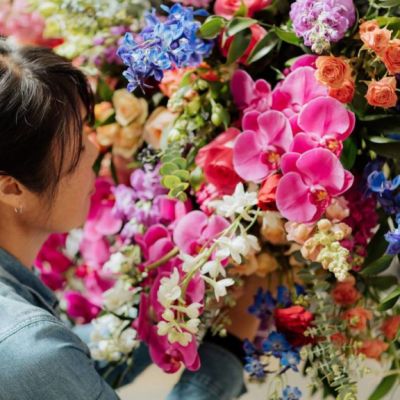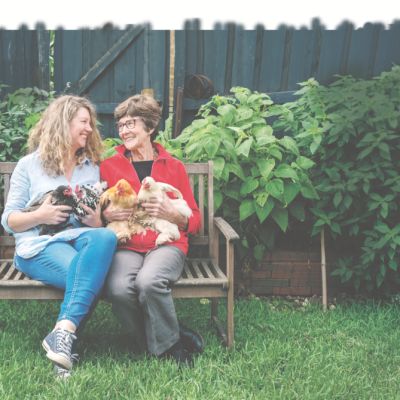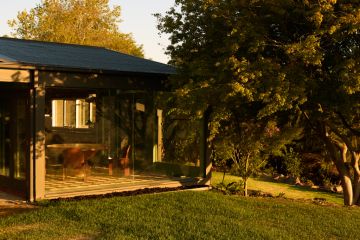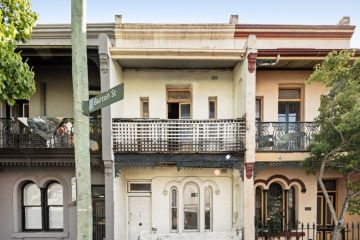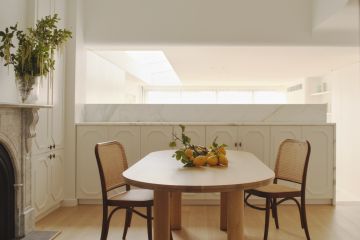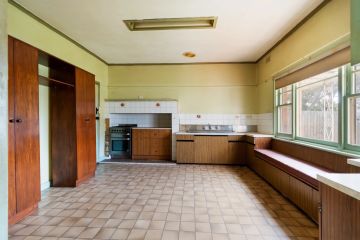How Sophie Kurylowicz turned her backyard into her livelihood
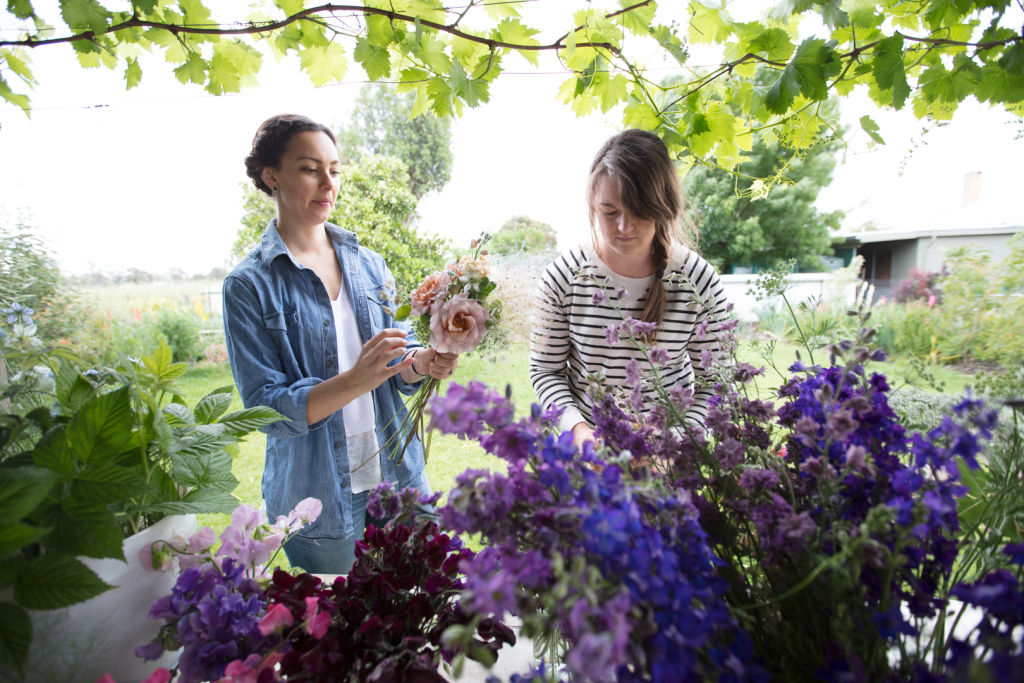
For the few Australians still lucky enough to live on a quarter-acre block, their backyards are usually dominated by a lawn, maybe a pool, some playground equipment, and a few plant varieties.
This is not the case for Sophie Kurylowicz, a lighting designer and theatre production manager-turned-florist who grows the flowers for her business in her Wagga Wagga backyard.
Kurylowicz’s foray into floristry likely never would have happened had it not been for a flood that affected Wagga in 2012. Kurylowicz and her husband had only just moved from Sydney to North Wagga when the floods hit, filling their home with water more than a metre high, and forcing them to move out for 10 months.
Hear how Mark lives a sustainable life on Somewhere Else:
While the house was out of action, Kurylowicz turned her attention to the garden where she began planting various flower varieties and vegetables. What started out as a hobby slowly saw Kurylowicz providing flowers for friends’ weddings, then becoming a part-time side hustle, and eventually turning into a full-time job in 2019.

Kurylowicz is responsible for the hands-on gardening and floristry elements of Little Triffids Flowers, while her business partner Bethany Saab manages all the communication and administration from Canberra.
Little Triffids Flowers now works with dozens of corporate and private clients every year to create floral arrangements and host workshops. Their flowers are directly sourced from Kurylowicz’s own backyard, paired with commercially grown flowers such as natives and orchids.
Kurylowicz’s garden is set up in various rows with irrigation, weed matting and various plant species grouped together. As the business expanded, a kind neighbour volunteered part of her backyard where another 200-square-metre patch is grown.
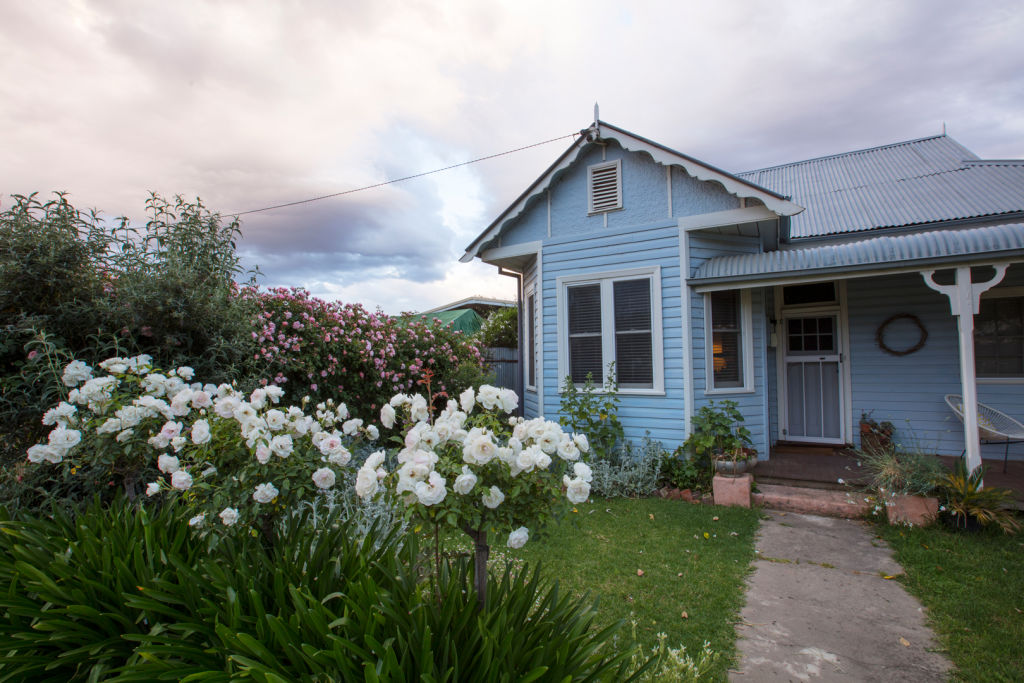
Among the species Kurylowicz’s garden has recently produced are sweet peas, ranunculuses, anemones, tulips, cornflowers, and poppies.
Flower farmers like Kurylowicz represent a growing “slow flower” movement that is gradually gaining momentum in Australia. Kurylowicz says the size of Wagga (which has a population of around 60,000) and her home’s location on the town’s outskirts is particularly conducive to this model of growing.
“Often we have this situation where you’re either in a city or a town on a tiny block of land where you couldn’t possibly have enough room to grow flowers, or you’re really regional where there isn’t really a market for your flowers,” Kurylowicz says.
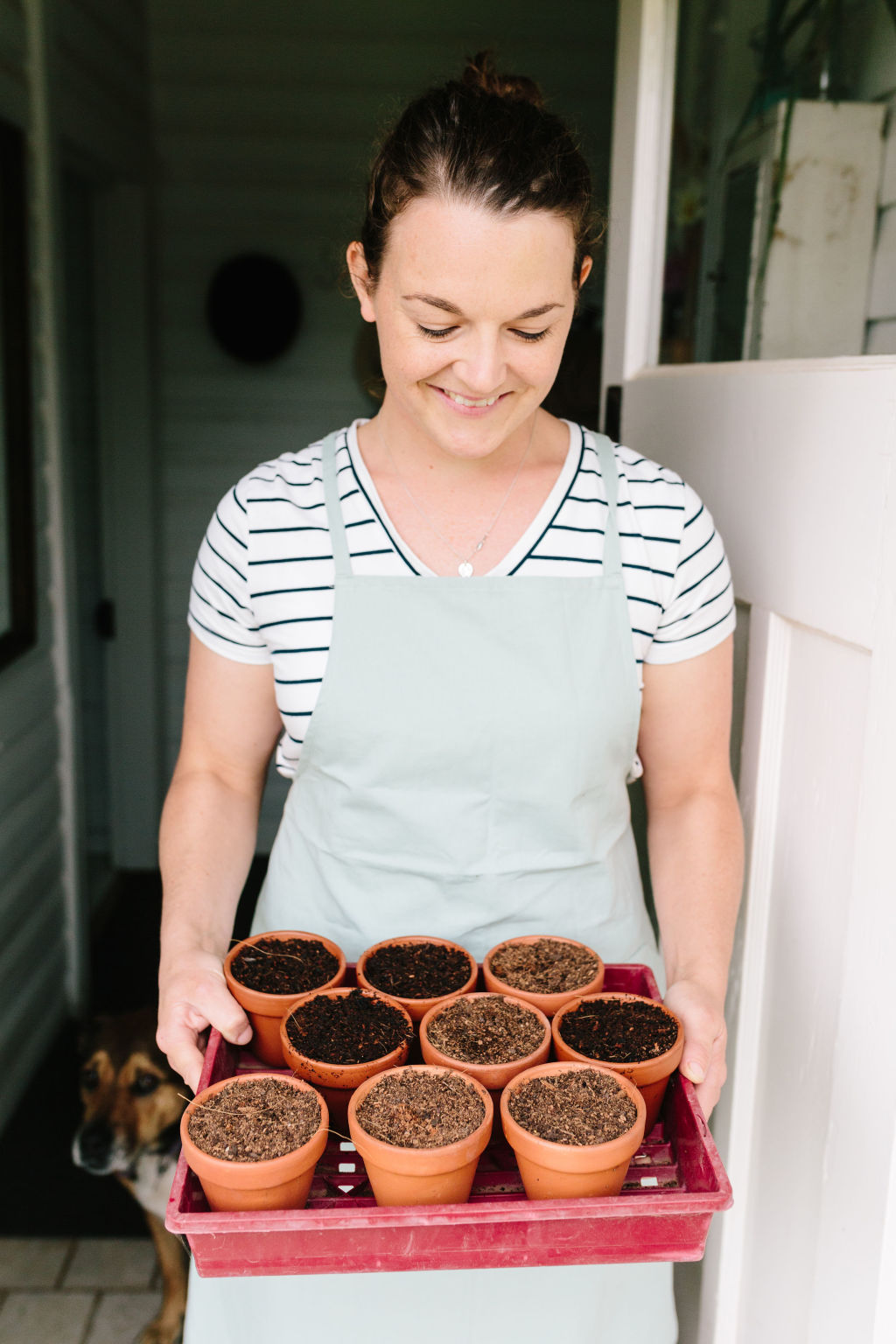
There are challenges that come with this method, but Kurylowicz says the nature of her homegrown and seasonal varieties gives Little Triffids Flowers’ arrangements their distinct look.
“Arranging with things from the garden – as opposed to flowers from a market that have been commercially grown with poker-straight stems and are kind of generic – makes a real difference to your design,’ says Kurylowicz. “In some ways it’s harder to design with, because the stems aren’t maybe as straight and the flowers are a little more fragile in some ways, but it also adds a particular aesthetic which is what my brand is now.”
We recommend
States
Capital Cities
Capital Cities - Rentals
Popular Areas
Allhomes
More

